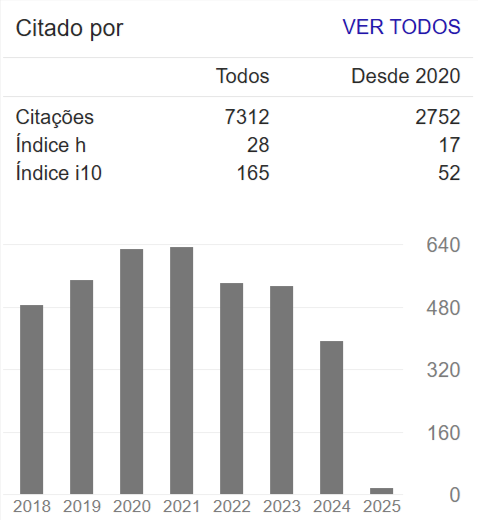STRUTURAL CONTROLS ON BARREIRAS AQUIFER - PIRANGI
Abstract
The regional structuring, outlined by the overall preferential directions NW, NE and W-W, revealed as
exerting strong influence on a diverse array of aspects of the Barreiras Aquifer context. These influences were attested by
several aspects, based on the analysis of geological, hydrogeological and geo-electrical data, notably on the aquifer
geometry, as witnessed by sudden variations of saturated thicknesses caused by faulting. Quantitative configuration of major
transmissivities, resulting from local increase of these saturated thicknesses, was evidenced through statistical correlations
carried out between exploitation flows and saturated thicknesses or extensions of filtering sections, where correlation
coefficients up to 0.79 were obtained. The remaining influences of the structural framework of the Barreiras Aquifer
include from a control of the underground flow to evidences on the potenciometric map, as expressed by sudden changes in
spacing or inflexion of the equipotentials. In addition, quantification of permanent reserves was carried out in the area of the
Pirangi River basin, taking into consideration variations in the aquifer geometry resulting from local structuring. Other
aspects of regional implication were also addressed, among them the probability that some coastal line faults, particularly
the distensional and transtensional ones, be associated to the formation of saltwater wedges.

















